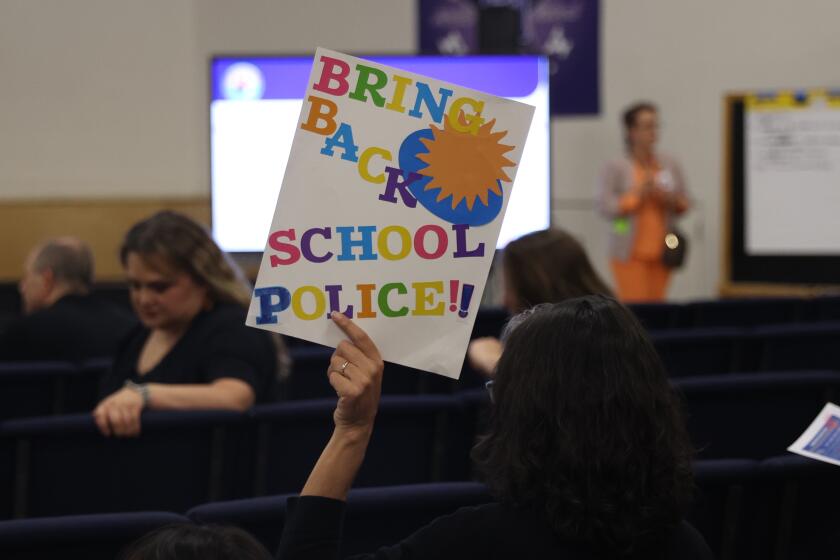Los Angeles Schools Consider Pros, Cons of Year-Round Schedules
Odden’s endeavor to persuade the public to support year-round school fails to point out some of the disadvantages of the proposed system. The short “intersessions” of either 20 or 30 days hinders the employment of both teachers, who obtain summer jobs to compensate for their three-month absence of income, and students, who often work during the summer to build a savings fund for college.
In addition, these brief interims do not provide adequate time for supplementary education courses. The added costs of maintaining year-round “summer school” classes may promote the dissolution of an already weak auxiliary education program. Many of the traditional summer social programs, such as camps, will not be able to implement year-round programs and we will be left with a shortage of child care.
The increase for the Los Angeles Department of Recreation and Parks programs, which Odden stated will be necessary “to make the transition a smooth one,” will cost the city a tremendous amount of money.
The professor also notes that to ease the transition, schools that are not air conditioned must install the systems. He says that the process may take five years and points out that this will increase opposition to the program; however, he offers no solution to the students who may have to literally “sweat-it-out” through the next five summers.
Year-round schooling will also interrupt extra-curricular activities within the school, such as sports teams. What will happen if a football player is on vacation during the season?
The implementation of the year-round program in overcrowded schools may be necessary to solve the immediate enrollment problems; however, it is unnecessary to enforce the program districtwide. Furthermore, year-round schooling should be abandoned as soon as additional classrooms are constructed.
RICHARD M. SCHULMAN
Northridge
More to Read
Start your day right
Sign up for Essential California for news, features and recommendations from the L.A. Times and beyond in your inbox six days a week.
You may occasionally receive promotional content from the Los Angeles Times.


![Stephanie Lazarus, a Los Angeles police detective charged with capital murder in the 1986 slaying of her ex-boyfriend's wife pleaded not guilty during her arraignment in Los Angeles Superior Court Monday morning, July 6, 2009. (AP Photo/Al Seib ,Pool)]](https://ca-times.brightspotcdn.com/dims4/default/189ca94/2147483647/strip/true/crop/2400x1605+0+76/resize/320x214!/quality/75/?url=https%3A%2F%2Fcalifornia-times-brightspot.s3.amazonaws.com%2F65%2Fe0%2F8228b5b44c0da5be07c48647ce71%2Fdetective-killing.JPEG)



